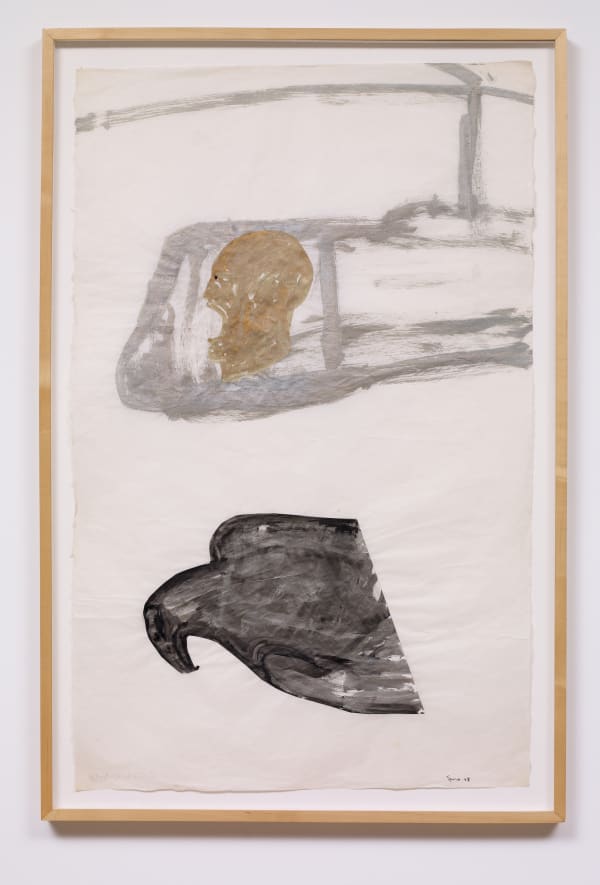Nancy Spero
‘Gathering all this information about women, being madder than hell, realizing further my status as a woman, I decided to make Woman the protagonist, to depict her as liberated, even if I know this isn’t really the case.’
Throughout five decades of radical engagement as an artist and activist, Nancy Spero (1926–2009) placed the lived female experience at the heart of her practice. In the 1950s and early 1960s, while living in Paris, Spero painted a series of dark and elegiac canvases. Returning to America in the mid-60s, she rejected oil-on-canvas painting for being too ‘heroic’ and her work became more political. Her War Series (1966–70) challenged both the political orthodoxies of the era and the horrors of the Vietnam War, while her Codex Artaud (1971–72) were, in her own words, ‘acts of revolt. A literal sticking my tongue out at society’. During the 1970s she focused on representing the full gamut of women's experience through history, creating epic works that she described as 'ephemeral monuments'.
From the late-1960s, Spero often employed language across her oeuvre, but in the 1980s she decided that the image itself is a kind of hieroglyph, already inscribed with language. For the last period of her life, she developed a pantheon of about 300 figures – from joyful, liberated athletes and dancers to victims of violence, drawing on the iconography of ancient goddesses from Egypt, Greece and the Celtic world alongside media imagery. Combining these figures from various cultures in a range of handprinted collages and installations, Spero aimed ‘to represent woman as protagonist and hero’.
Nancy Spero: Collaboration, 2012
From Art21’s Extended Play series
Video courtesy Art21, art21.org, founded 1997




